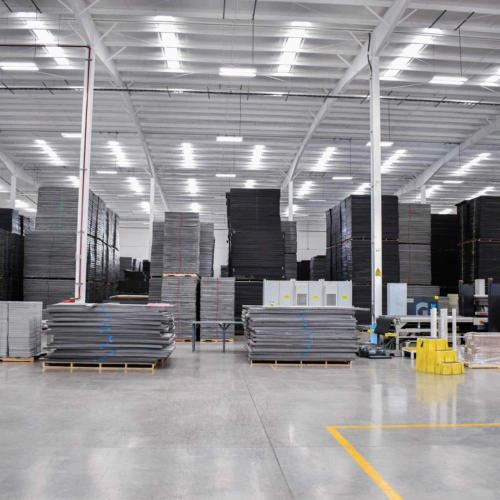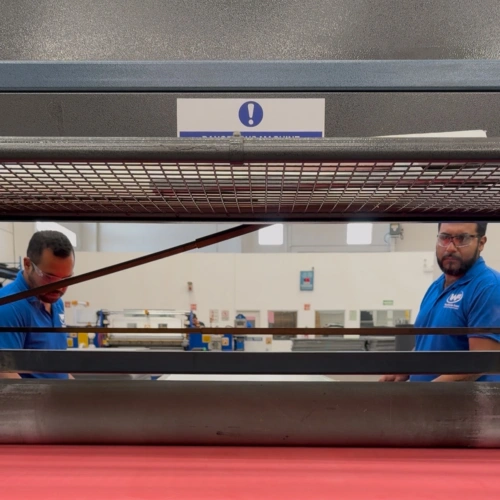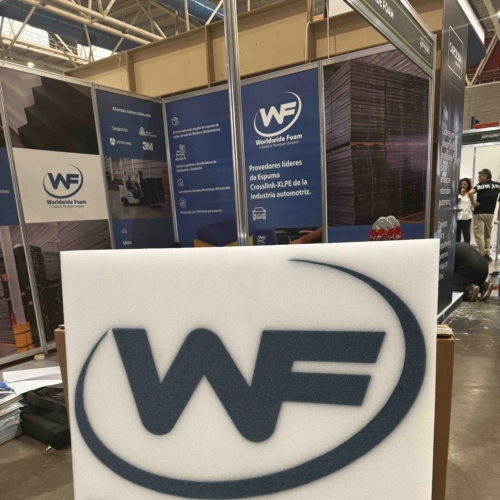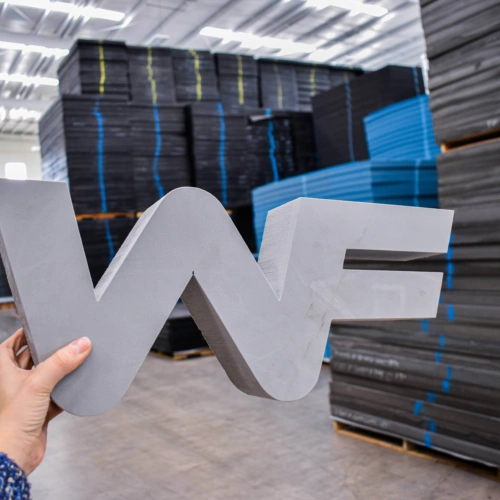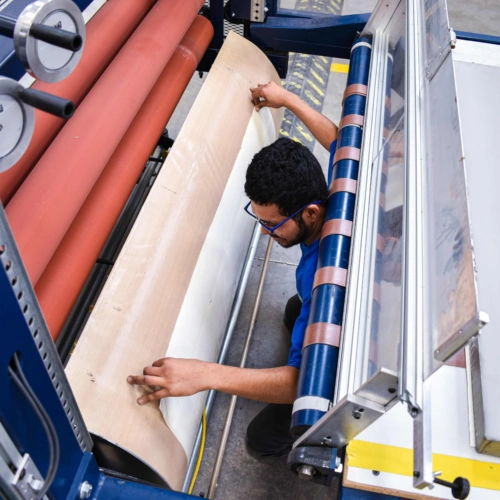| August 11, 2022
What should we buy, EVA or XLPE?
In North America, the term EVA (Ethylene Vinyl Acetate) is often used as a synonym for XLPE (Cross Linked Polyethylene) and most people do not fully understand which material is the right one to use and what are the differences between them. Therefore, in this article we offer a practical explanation of both materials.
First, you have to understand what each one means; For its acronym in English XLPE and EVA stand for Cross-linked Polyethylene and Ethylene Vinyl Acetate respectively.

During the XLPE foaming process, a chemical agent is introduced to cross-link the molecules and form a three-dimensional cellular structure. This gives the foam a fine cell structure, smooth surface, high shock absorption and chemical resistivity. Thus, due to its closed cell nature, it does not absorb moisture, oil or other chemicals. For EVA, the manufacturing process is similar to that of XLPE and both are polyolefin-based materials, but EVA foam is an ethylene copolymer and contains a higher percentage of VA (vinyl acetate) additive, which increases softness and foam elasticity.
In other words, comparing the same density of both products, EVA has a softer, more “cushioned” feel compared to XLPE. However, the above does not make EVA better or superior to XLPE, nor does it directly affect the shock absorption capacity, since everything will depend on the applications that are required of the material.
Our XLPE is widely used in automotive returnable packaging, case inserts, tool controls, shelving, racking and other protective packaging where shock absorption and surface protection are required. While EVA foam is commonly used as padding in sports equipment and to make shoe insoles.
Worldwide Foam

We are leaders in the supply of closed cell polyethylene foam in Mexico. We support various industries by offering a wide range of products and complementary services.





